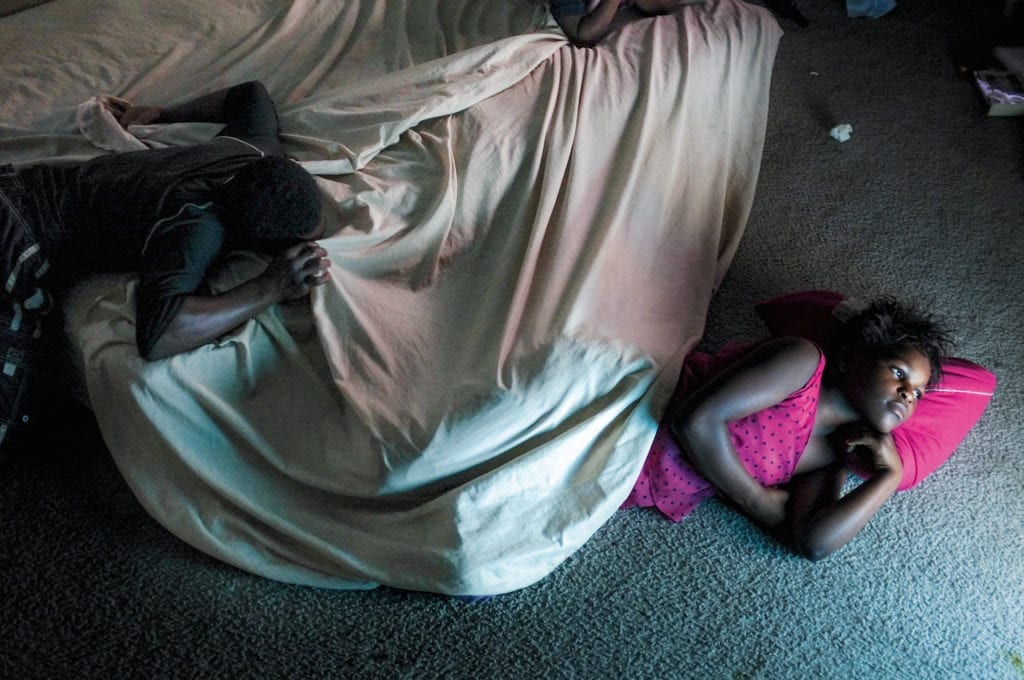Born in Washington DC in 1981, Peter van Agtmael studied history at Yale before moving into documentary photography. Largely focusing on America, his work considers issues such as power, race and class; he also works on the Israel/Palestine conflict and throughout the Middle East. He has won the W.Eugene Smith Grant, the ICP Infinity Award for Young Photographers and many more, and joined Magnum Photos in 2008. His book Disco Night Sept 11, a study of the USA post-9/11, was published in 2014 and named a Book of the Year by titles such as The New York Times Magazine and Time Magazine. His latest photobook Buzzing at the Sill is the sequel.
BJP: Where does the title Buzzing at the Sill come from?
PvA: It’s from a Theodore Roethke poem called In a Dark Time. I heard an excerpt of it in a play called The Nether and afterwards looked it up. I was profoundly moved. The poem made me feel like it was somehow related to me and the work I’d been doing, and so I kept it in the back of my mind. When I started to think about titles I kept coming back to the poem, and eventually settled on Buzzing at the Sill after some encouragement from [fellow Magnum photographer] David Alan Harvey.
BJP: The images cover a really disparate range of subjects, and some were shot on assignment. How did you decide what should go in?
PvA: All of the pictures were shot with the book in mind. In the period of working on it, I tried to focus on assignments that were connected to my interests and that would ultimately contribute to the work for the book. I love working within the media, with its capacity to reach people on important issues on a mass and accessible scale, but a lot of the work I do doesn’t fit naturally into a “story” framework.
In the end, the work came from many sources. Road trips with friends, hanging out with family, on the way to a doctor’s appointment…I work with the understanding that something beautiful or profound can be encountered at any moment.
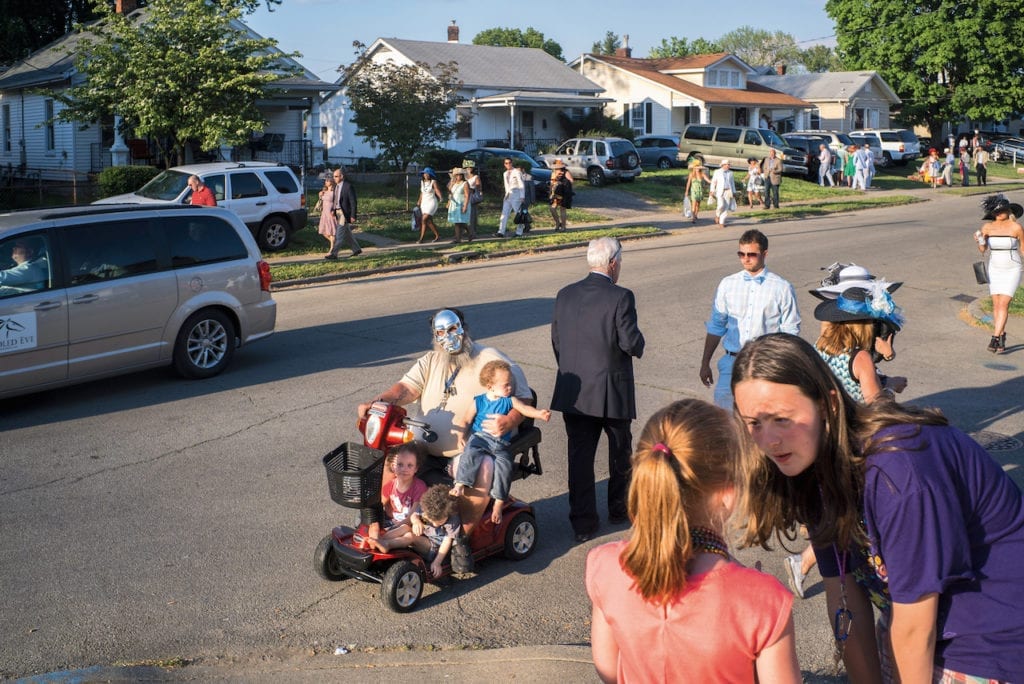
PvA: It’s hard to say what attracts me to a scene, and what inspires me is incredibly varied. The thing that sustains me about photography is its capacity to constantly surprise me with the emergence of something beautiful out of the flow of everyday life. That excitement hasn’t dulled. It may have grown stronger over the years.
BJP: Some of the images, and stories, are very personal, why did you choose to include them?
PvA: I became a photographer to have the freedom to be myself. I often work with the press, and adhere to their standards when working in that context, but I consider myself a photographer, with the ultimate authority to do what I think is right with my work.
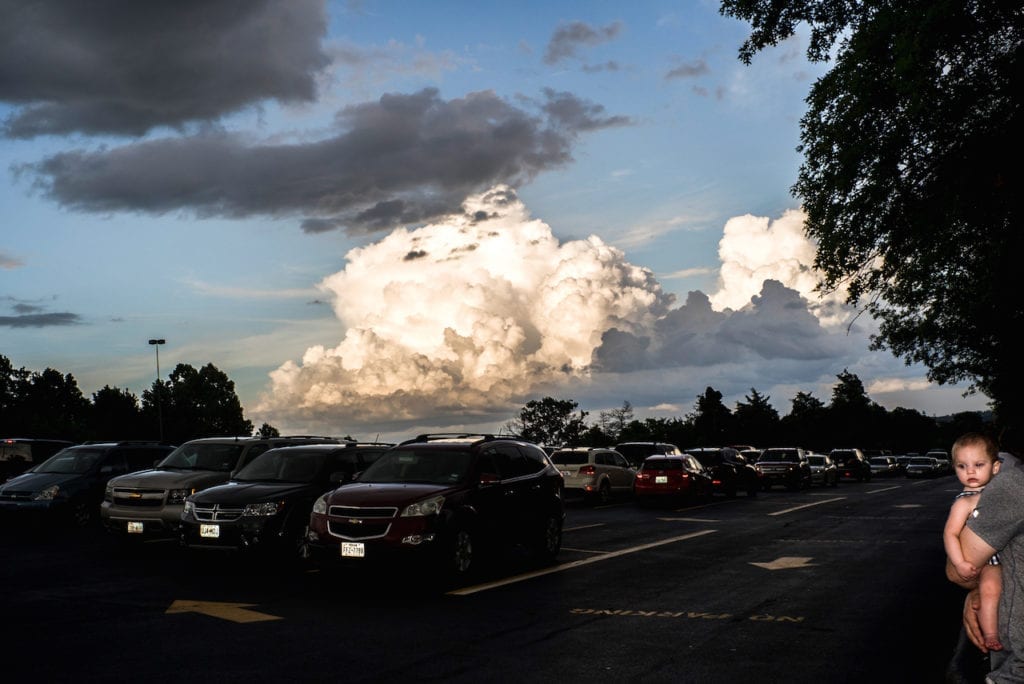
PvA: It’s a dark book because it was born from my experiences covering the wars in Iraq and Afghanistan. Those experiences led me into a place where I had a lot of painful realisations about America and our role in the world. I wanted to look at the forces in society, both at a micro and a macro scale, that created this sense of anguish and uncertainty. The story from the book that you reference was the first time as a child that I really experienced the kinds of ugly forces inside of people that would present themselves in less innocent ways as I grew up.
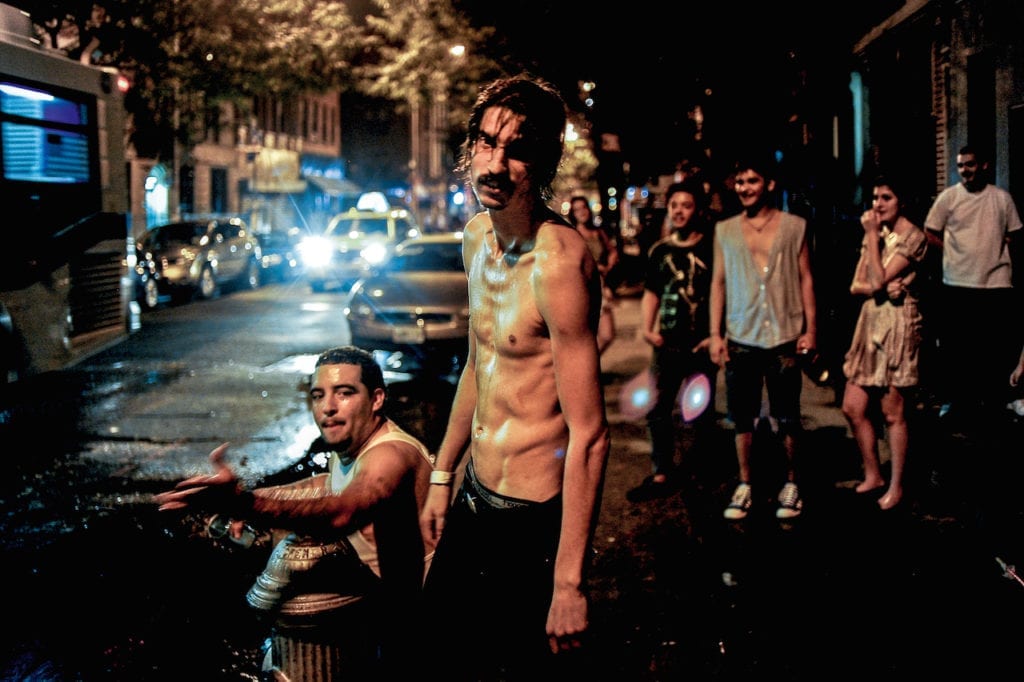
PvA: I wanted the book to reflect the experience of making it, which was melancholy but also joyful and fulfilling. My relationship with the United States is complex, and the best expression of that was a book that touched on all the layers of feeling. The book may have a lot of sadness, but in many ways it’s also an homage to photography.
BJP: How did you edit the images down?
PvA: There are a lot of strong images that didn’t make the cut. At some point I became wary of what felt like repetition. Too many pictures seemed to bog the flow down. It was painful to cut, but necessary. I’m sure some of the pictures will make their way into later books. Other photos I guess will have to remain orphaned.
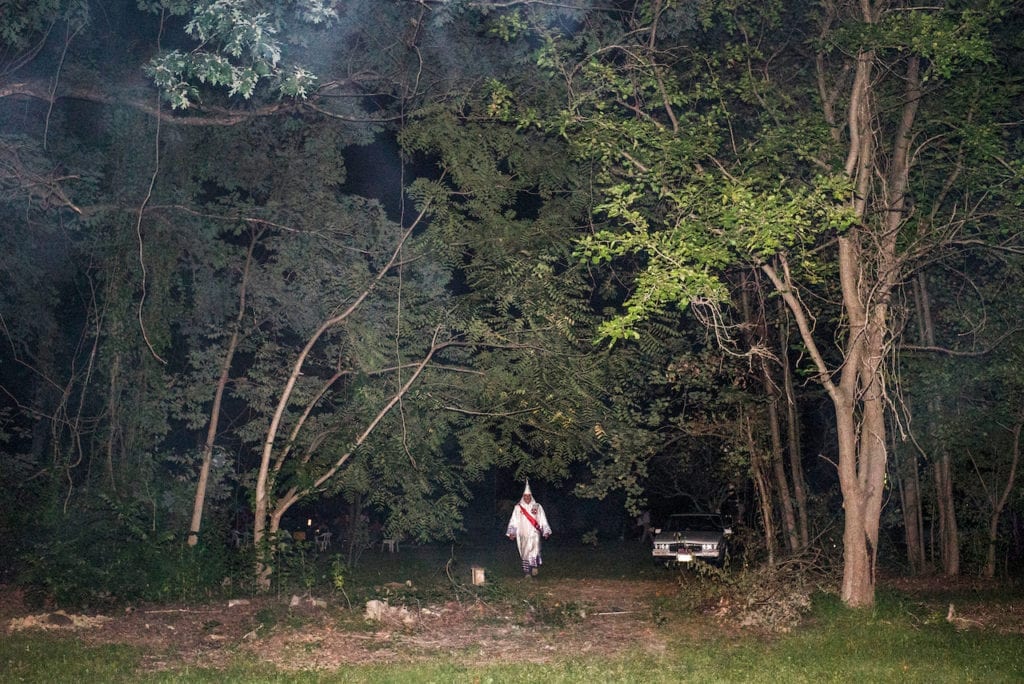
PvA: With Disco Night Sept 11, the words and the pictures were inseparable from one another and I wanted to give them equal weight on the pages of the book. With Buzzing at the Sill, I felt the images and words existed in more distinct spheres, so it made the most sense to separate them. You can still read them together. In the text booklet in back, it’s possible to fold out the text pages so they can be read simultaneously with the images.
BJP: How did you choose what to write about, what information to include and which personal anecdotes to share? Your writing feels very direct and honest.
PvA: I’ve written extensively for all my books. My background is in history, and I went to a high school where writing was emphasised. I enjoy writing, and although I don’t feel passionate about it in the way I do photography, it’s an important tool for me. The limitations of the photographic frame can’t express all of that resonates to me from my experiences. At that point, writing comes in to fill the gaps.
The writing process is a strange one. As I start putting a book together, a lot of thoughts from my subconscious seem to bubble to the surface. They often seem to appear almost out of nowhere. When they do, I jot them down on my phone or in a notebook. After a few months, I try to draw these thoughts into narratives. Some end up working for the book, and others just remain as a record. I’m always amazed when things I haven’t thought for years just appear again, for pretty murky reasons. Ultimately, I like that in many ways I’m not in control.
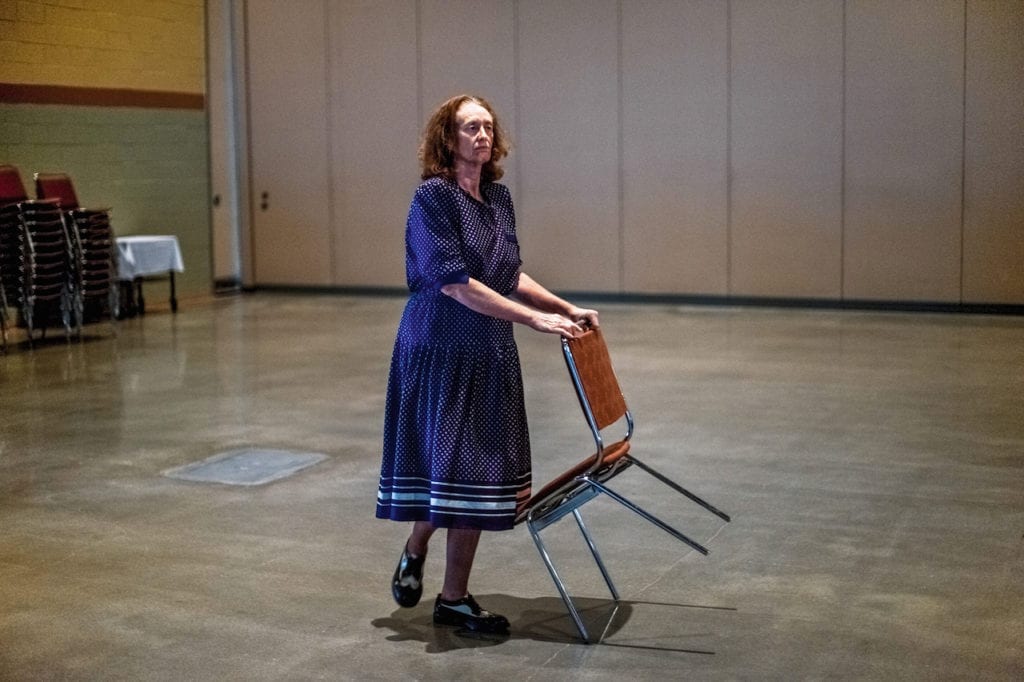
PvA: I wanted to publish this work as a book because that’s the form I most relate to. When I’m working, I’m thinking about the individual pictures but I’m always thinking more broadly about how all the work fits together with the bigger ideas that are guiding my thinking. With this work, eventually I felt I’d reached a point where my priorities were shifting, and I wanted to mark time with a book.
BJP: How does this book relate to Disco Night Sept 11?
PvA: I started this work concurrently with the work of Disco Night Sept 11. Working within the parameters of the wars abroad and at home became insufficient to express the range of my thoughts and feelings. At first I thought I would intertwine the two works, but it was too complex to overlap all the imagery. When I started thinking of them as chapters of a whole, that gave me the freedom to isolate them for continuities sake. Somewhere far down the road I will put all the work together into a more definitive statement.
My books are self-contained, but they are also individual chapters in a far-ranging work looking at America in the shadow of September 11. I’m already deep into the next book, and have several more planned out that look at American history, and how we arrived at this place. I expect the work will go on for decades more. Maybe the rest of my life.
Peter van Agtmael’s Buzzing at the Sill is available at Paris Photo on the Kehrer stand www.petervanagtmael.net www.magnumphotos.com https://www.kehrerverlag.com/de
